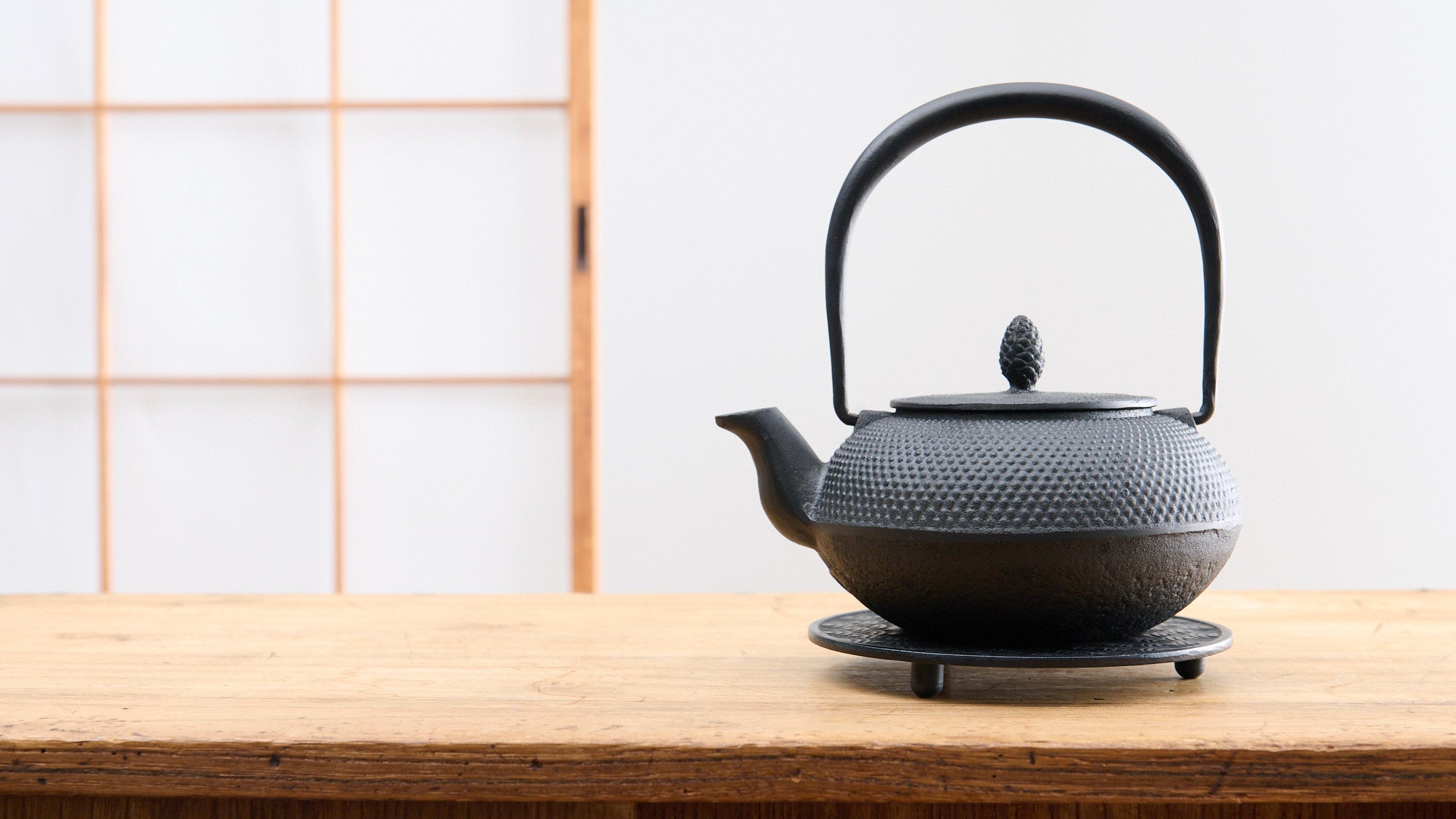
Nambu Ironware's Charm: Warmth for Body and Heart
Written by Ito Ryo
Nambu ironware, or Nambu Tekki, is a traditional Japanese cast-iron craft produced primarily in Morioka City and Oshu City in Iwate Prefecture, Tohoku region. Harnessing abundant natural resources, artisans craft a variety of cooking implements—such as tetsubin (cast-iron kettles) and iron pots used for cooking.
Ironware production in Morioka began in the early 17th century, when the Nanbu Domain’s lord invited Kyoto cauldron-makers to forge tea-ceremony kettles. In Oshu, the craft dates even further back, originating in the late 12th century when Fujiwara no Kiyohira brought Kansai artisans north to produce armor and weaponry, giving Nambu Tekki a history of some 900 years.

Nambu ironware is fashioned via casting: artisans form a mold with a cavity matching the object’s shape (often in sand or metal), pour in molten iron at high temperature, then cool and solidify the piece.
This method traces its roots to around 4000 BCE in Mesopotamia (modern-day Iraq), and in Japan, it has long been used for iron and bronze wares. Over the centuries, Nambu ironware has refined and perfected this ancient technique.
Cookware born of these traditional methods combines premium materials with expert skill, delivering enduring quality that enriches everyday life. Today, Nambu ironware’s appeal extends far beyond Japan—to France, China, Southeast Asia, and beyond—cherished by aficionados worldwide.
We invite you to experience the charm of Nambu ironware firsthand. In the following article, we’ll explore what makes these cast-iron treasures so exceptional.
Table of contents
Nambu Iron Kettles: Making Brew Taste Better

As noted above, one of the signature products of Nambu Tekki is the tetsubin, or iron kettle. Let’s start with its cooking advantages.
Did you know that boiling water in an iron kettle causes the calcium and magnesium in the water to adhere to the kettle’s interior surface and be removed? This “water softening” makes the hot water taste smoother and more palatable. If you then use that same water to brew green or black tea, it draws out the tea’s umami, astringency, and gentle bitterness in perfect balance, —so you can fully savor the tea’s authentic flavor.

Iron naturally combines high thermal conductivity with excellent heat retention. As a result, a Nambu iron kettle heats up quickly over the flame and stays hot for a long time, making it an exceptionally practical cooking tool.
Rust is often a concern with iron cookware, but Nambu ironware is famous for its resistance to corrosion. Craftsmen fire each kettle at 800–1,000 °C (1,472–1,832 °F) after removing it from the mold, creating a protective iron-oxide layer on the surface—a process known as “kama-yaki.” Legend has it that this technique was discovered after an 1884 fire in Morioka: kettles left in the scorched workshop boiled water without rusting, inspiring today’s method. In addition to kama-yaki, many kettles now receive enamel or fluororesin coatings to ward off rust.
Finally, Nambu iron kettles work not only on open flame but also on induction cooktops—provided the bottom is flat and of sufficient area for the heater to detect it. Because an uneven or warped base can cause the kettle to lose compatibility (or warp further over about a year), be sure to verify IH suitability before use.
Nambu Ironware Tetsubin: Equally Enjoyable as Home Décor

Casting, the metalworking technique behind Nambu ironware, offers exceptional freedom in shape and size. As a result, Nambu ironware features a diverse array of designs—once you choose one that suits your taste, it brings new delight to daily cooking.
Notably, tetsubin combines iron’s inherently strong, subdued presence with a sculptural simplicity, making them perfect not only for practical use but also as elegant decorative pieces.
As mentioned earlier, one of Nambu ironware’s roots lies in the chagama used in the Japanese tea ceremony. By miniaturizing that kettle and adding a spout and handle, craftsmen created today’s tetsubin—so closely related that the kettle’s dignified tea-ceremony spirit still resonates. The kettle’s distinctive soft, matte black surface results from a final firing at 200–300°C (392–572°F), during which lacquer and cashew-nut-shell resin fuse to form a protective finish.
Crucially, never wash a tetsubin’s interior, as this would strip away its rust-preventing iron-oxide layer. By avoiding internal washing, the kettle lasts longer, and each time you boil water, calcium deposits form a delicate white patina, adding a charming, antique-style character as a delightful bonus.
Nambu Ironware: Health Benefits You Can Expect
When you hear that using a particular cooking tool can improve your health, you might doubt it and ask, “Really? How?”
In fact, Dr. Oikawa Keiko, Emeritus Professor of Medicine at Iwate University, and Dr. Konno Akiko, a nutrition professor at Shokei Gakuin University, addressed the health benefits of Nambu ironware’s tetsubin and iron pots in a jointly published 2003 paper:
In Japan today, iron-deficiency disorders caused by diet, —especially latent iron deficiency and iron-deficiency anemia in young women, —are common. While dietary intake of iron-rich foods is essential, the use of iron cookware should not be overlooked. In the past, people obtained dietary iron from iron pots, kettles, and knives; with the rise of aluminum and stainless-steel cookware, that source has nearly disappeared.

Furthermore, a National Geographic Japan web article (November 5, 2024) notes that iron deficiency is a global issue, affecting some 2 billion people—about 25 percent of the world’s population—and can lead to fatigue, shortness of breath, dizziness, headaches, and increased heart disease risk.
Oikawa and Konno’s experiments measured how much iron dissolved into food during cooking with Nambu ironware kettles, pots, and pans.
They found that over 80 percent of the released iron was ferrous iron (a highly bioavailable form of iron), which the body absorbs easily. Seasonings affected extraction: vinegar released the most, followed by tomato ketchup and salt; longer cooking times increased iron release, while adding oil tended to reduce it. The researchers concluded that iron cookware like Nambu Tekki holds promise for preventing and treating anemia.
Some modern ironware, such as kettles or pots with enamel or other special interior coatings, does not release iron during cooking. However, when you cook with traditionally finished Nambu ironware, you can look forward to a natural boost of dietary iron in your everyday meals.
It’s said that meals serve two essential purposes. First, they nourish and sustain our health by supplying the nutrients needed for disease prevention and treatment. Second, they enrich our spirits—by fully enjoying the foods we love, we boost our quality of life and enhance our social well-being.
An ideal meal brings abundance to both body and mind. As this article has shown, Nambu ironware cookware is perfectly suited to support that kind of wholesome, joyful dining experience.
If this piece has piqued your interest in Nambu Tekki, we invite you to explore the collection we at Musubi Kiln proudly offer—you may just find the perfect addition to your table.




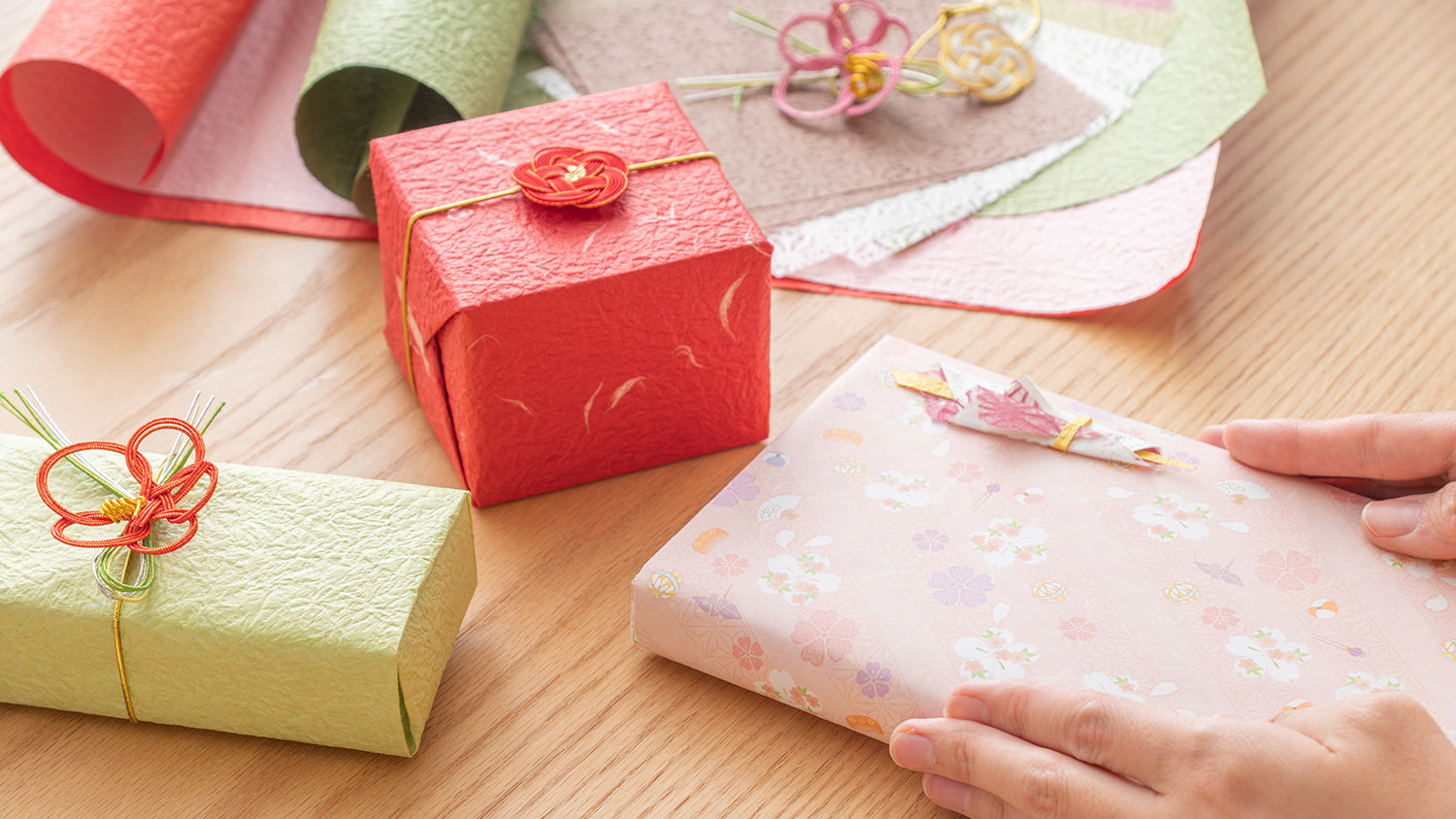

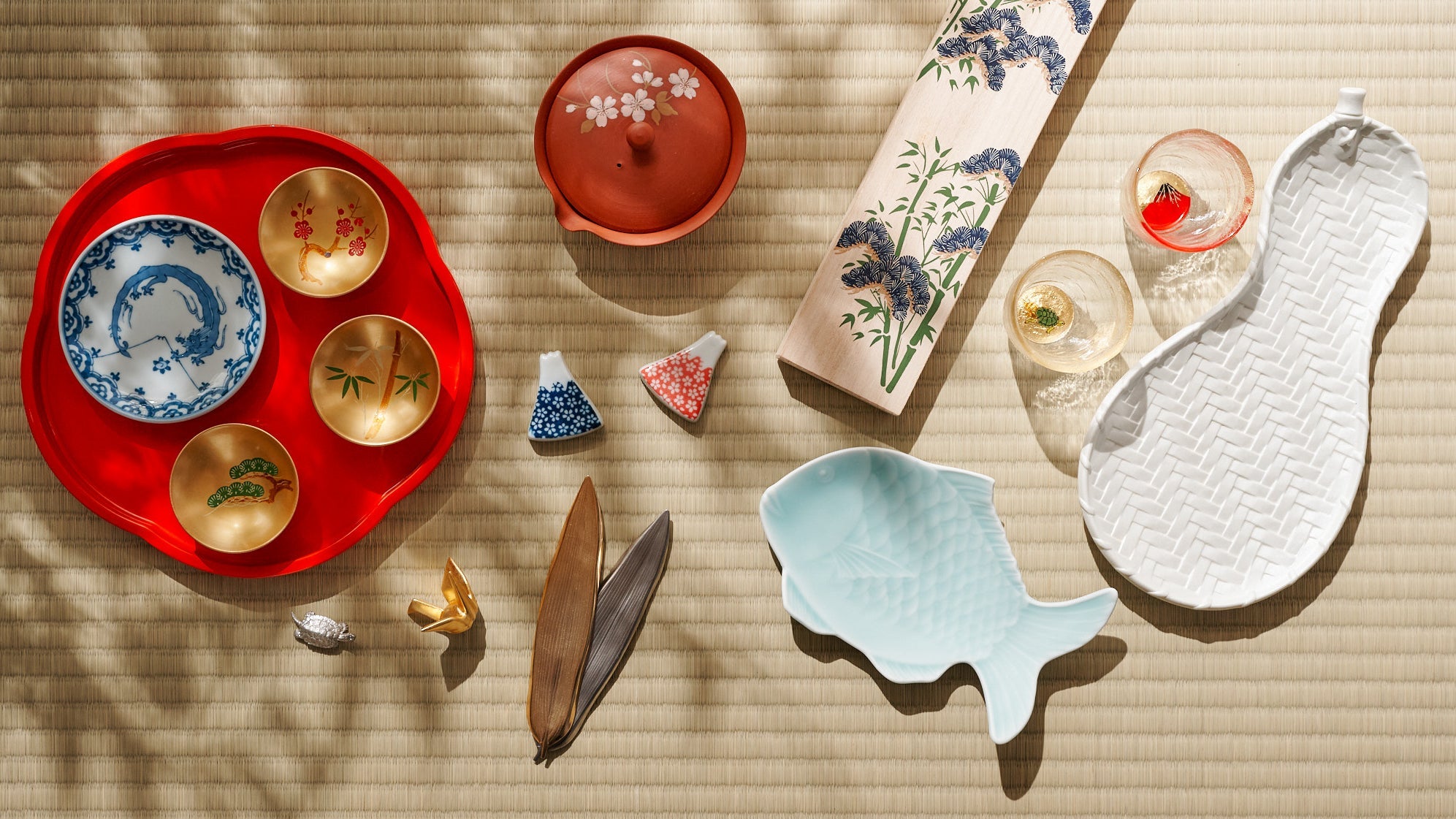
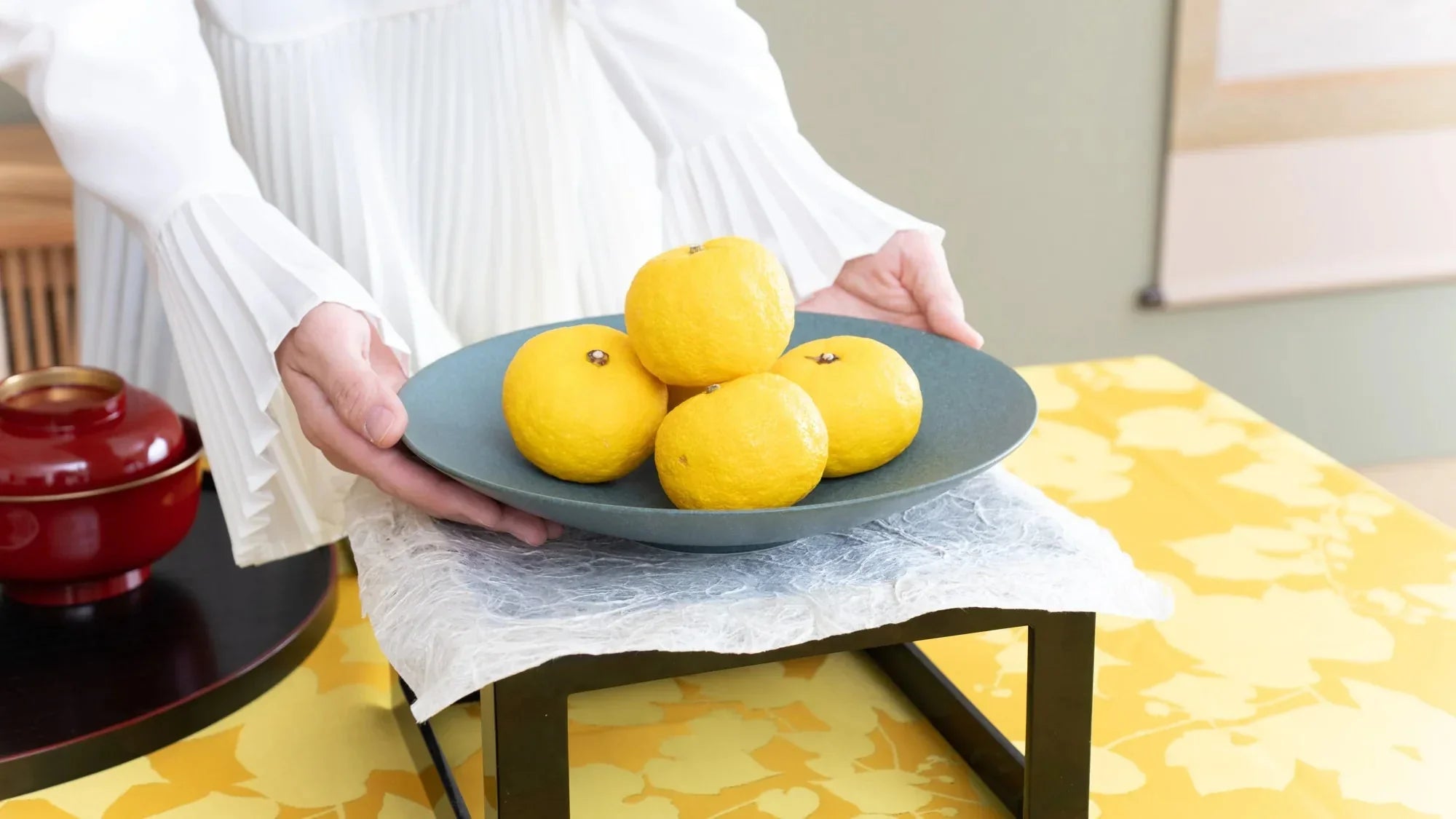
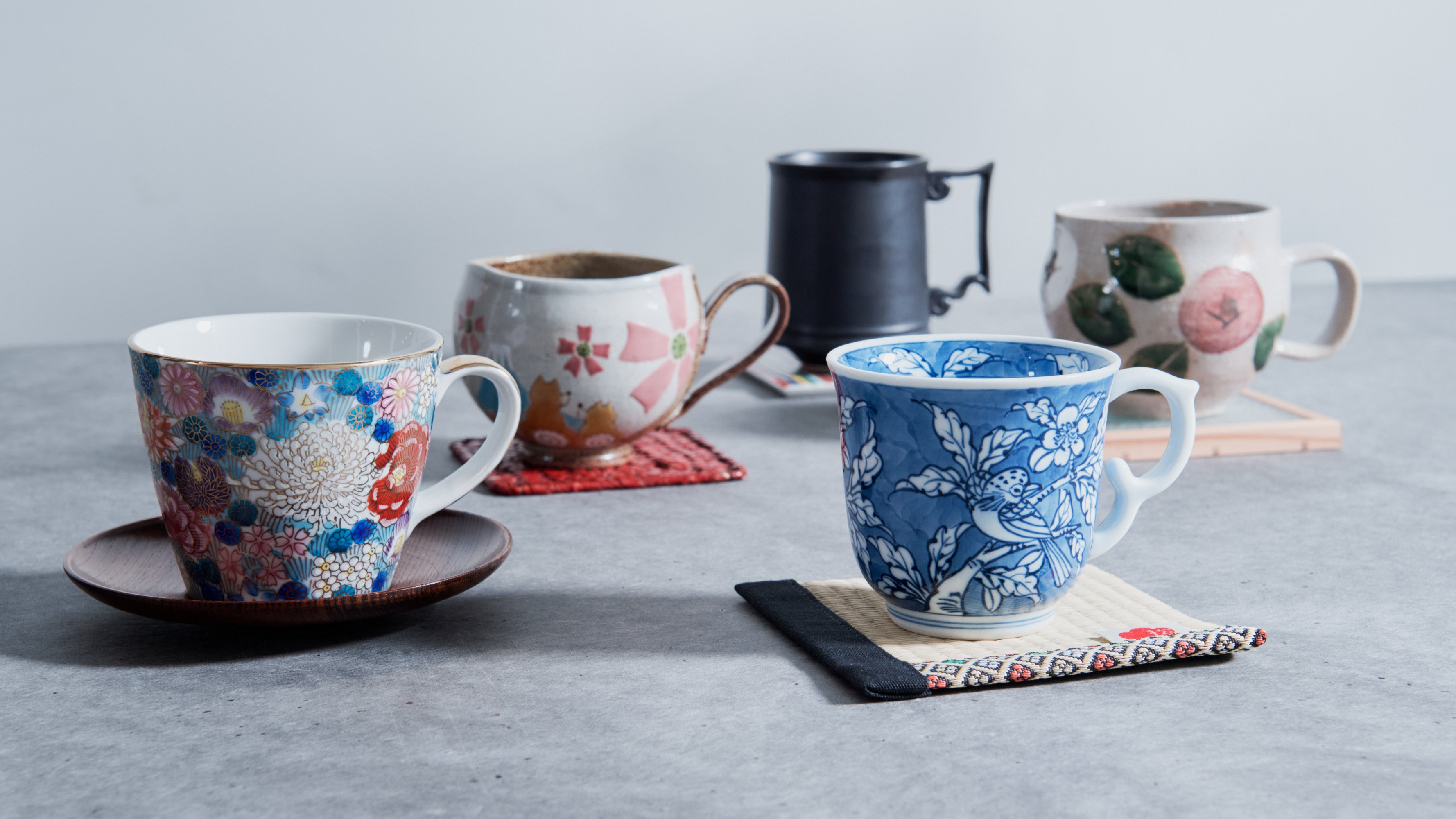
Leave a comment
This site is protected by hCaptcha and the hCaptcha Privacy Policy and Terms of Service apply.